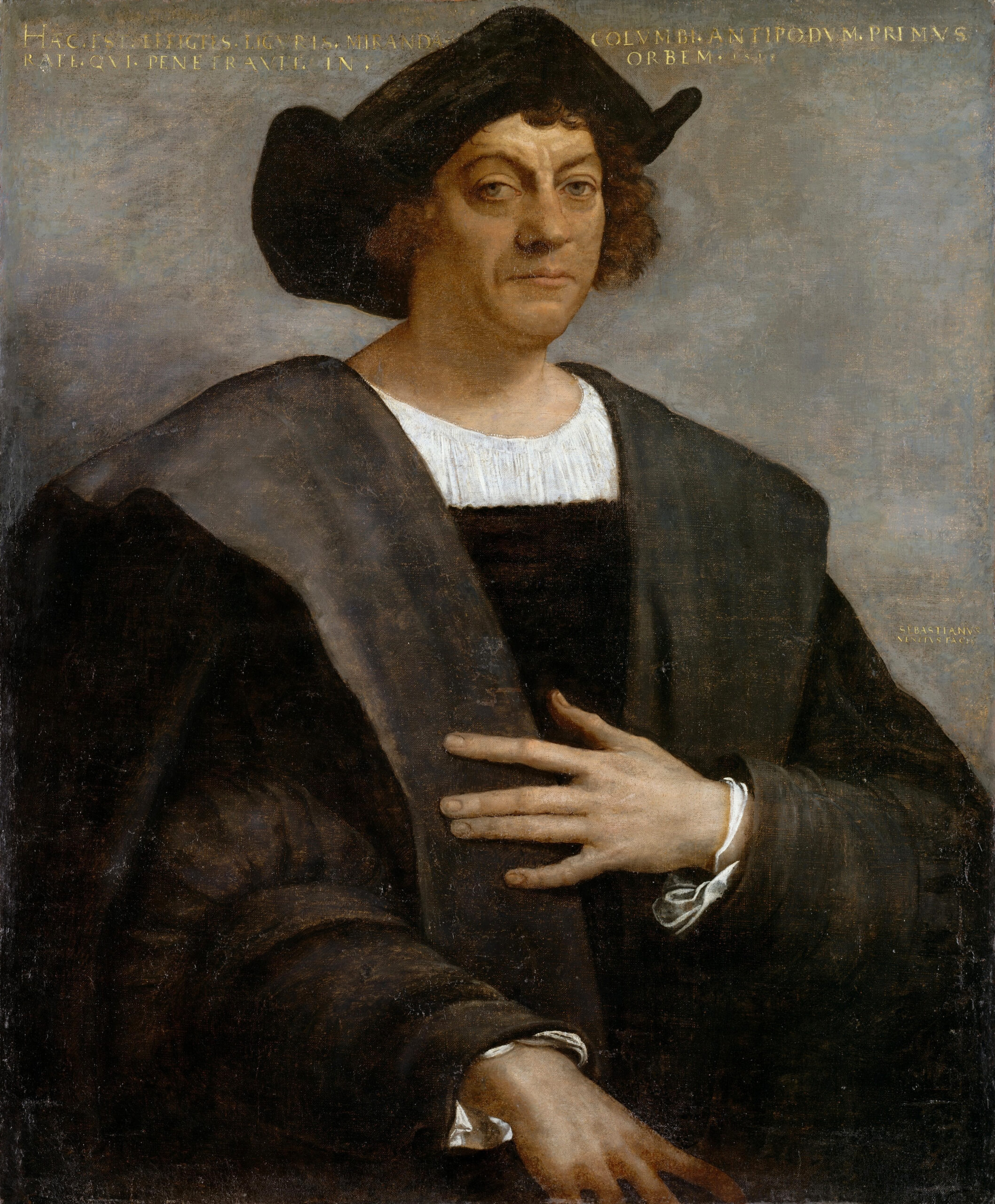Christopher Columbus
Many people are familiar with the accomplishments and lasting impact of Christopher Columbus, but what some might not know is that he had some unique and peculiar beliefs. In addition to his famous conviction that the Earth was round rather than flat, Columbus also believed that the planet was actually shaped like a pear, not a sphere. This rather bizarre theory was based on his interpretation of the Bible, which he believed referred to the shape of the Earth as a “pear-shaped pot” in certain passages. Whether Columbus’s theory was simply a halfway point between the flat Earth view and the more widely accepted spherical shape, or it was just a result of his eccentricity, is up for debate.
Salvador Dali
The surrealist artist Salvador Dali was known for his unconventional and imaginative creations, but he also had a flair for the dramatic when it came to presentation. One time, Dali arrived at a fancy dress party dressed as… Himself. He dressed in a business suit and worn a bow tie, and his only concession to the theme was that he also wore a large, exaggerated mustache. The other guests were no doubt surprised to see such a familiar figure in unfamiliar attire, but it’s just one more example of the unexpected things that Dali was known for.
Coco Chanel
The famous fashion designer Coco Chanel has left her mark on the industry with her innovation and style, but there’s another side to her legacy that might surprise people. During World War II, Chanel was a vocal Nazi sympathizer, which was unpopular at best during that time. She even participated in a Nazi propaganda campaign during the war, where she urged women to wear simple, austere clothing to support the war effort. Chanel also had an affair with a German officer, which many believe helped pave the way for her sympathies with the Nazi party.
Mahatma Gandhi
While Gandhi is known for his role in India’s independence movement and his commitment to nonviolence, there’s another facet to his history that’s a little more unusual. Apparently, Gandhi slept naked with young women in order to test his celibacy. The theory, which is sometimes referred to as “sannyasa,” is intended to help one transcend desire and achieve spiritual enlightenment. Supposedly, sleeping naked with women helped Gandhi maintain his celibacy by allowing him to resist the temptations of the flesh. It’s an unusual and somewhat extreme practice, but it’s just one more example of Gandhi’s devotion to his beliefs and his commitment to living a life of asceticism.
Mary Shelley
As the author of Frankenstein, Mary Shelley is known primarily for her contributions to the literary world. But there’s something else that she kept on her desk during the last years of her life that’s a little more obscure: her late husband’s heart. Shelley’s husband, the poet Percy Shelley, died when he was only 29 years old, leaving behind his wife and two young children. Mary Shelley kept Percy’s heart as a token of their love and as a reminder of his spirit, even after death. It’s an unusual and somewhat macabre tradition, but it’s also a testament to the depth of Mary Shelley’s love and the profound impact that Percy had on her life.
Jean-Jacques Rousseau
The enlightenment philosopher Jean-Jacques Rousseau had a rather peculiar preference when it came to his discipline: he enjoyed being spanked by women. In order to prevent himself from engaging in extramarital affairs, Rousseau would sometimes lurk in dark alleys and secluded corners, exposing his rear end in the hopes of being spanked by a passing woman. Whether this was a result of his own self-discipline or his love of submission, it’s an unusual and somewhat unexpected aspect of his personality.
These are just a few of the many strange and fascinating facts about historical figures that often go overlooked. Whether it’s Columbus’s belief that the Earth is a pear, or Mahatma Gandhi’s unconventional approach to celibacy, these unique and unexpected facts help to paint a more rounded picture of the people who shaped our world and the many quirks and eccentricities that made them who they were.



